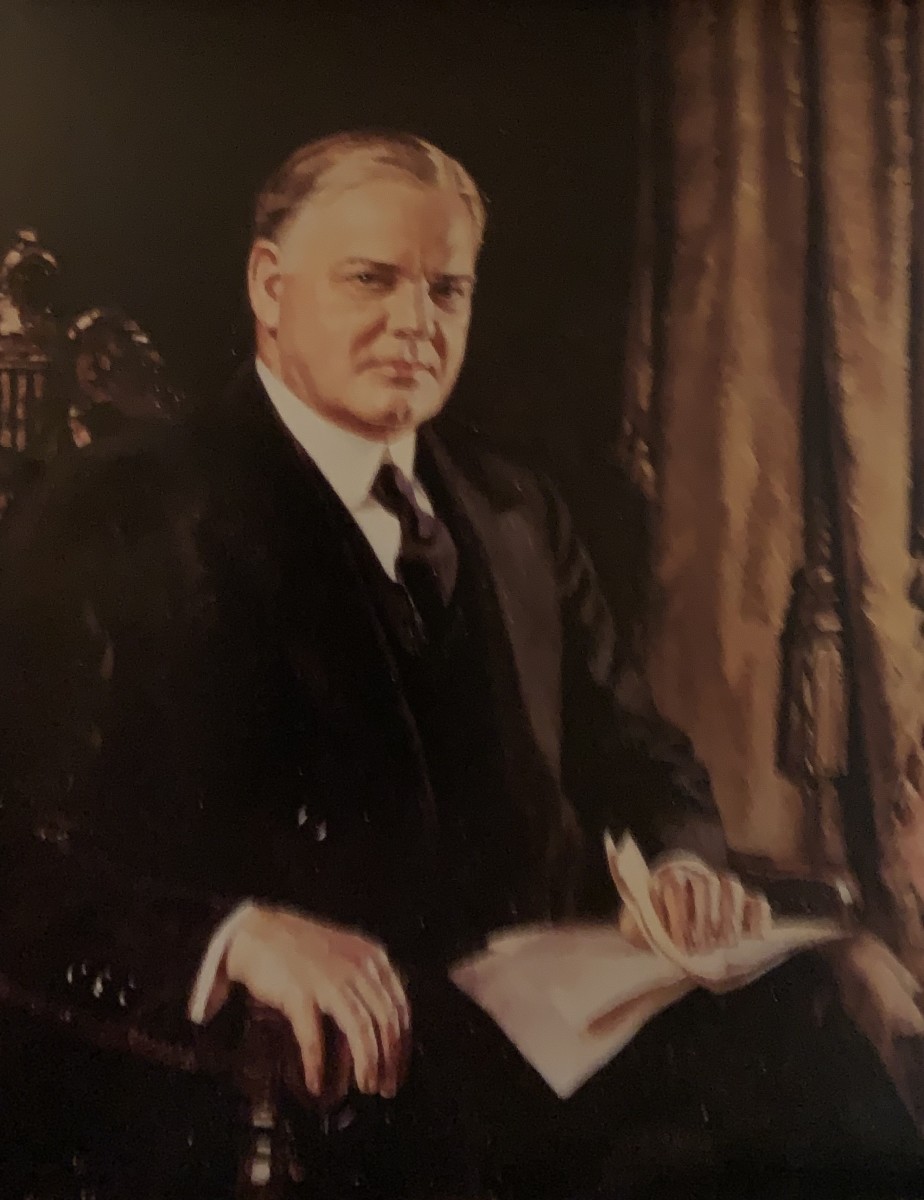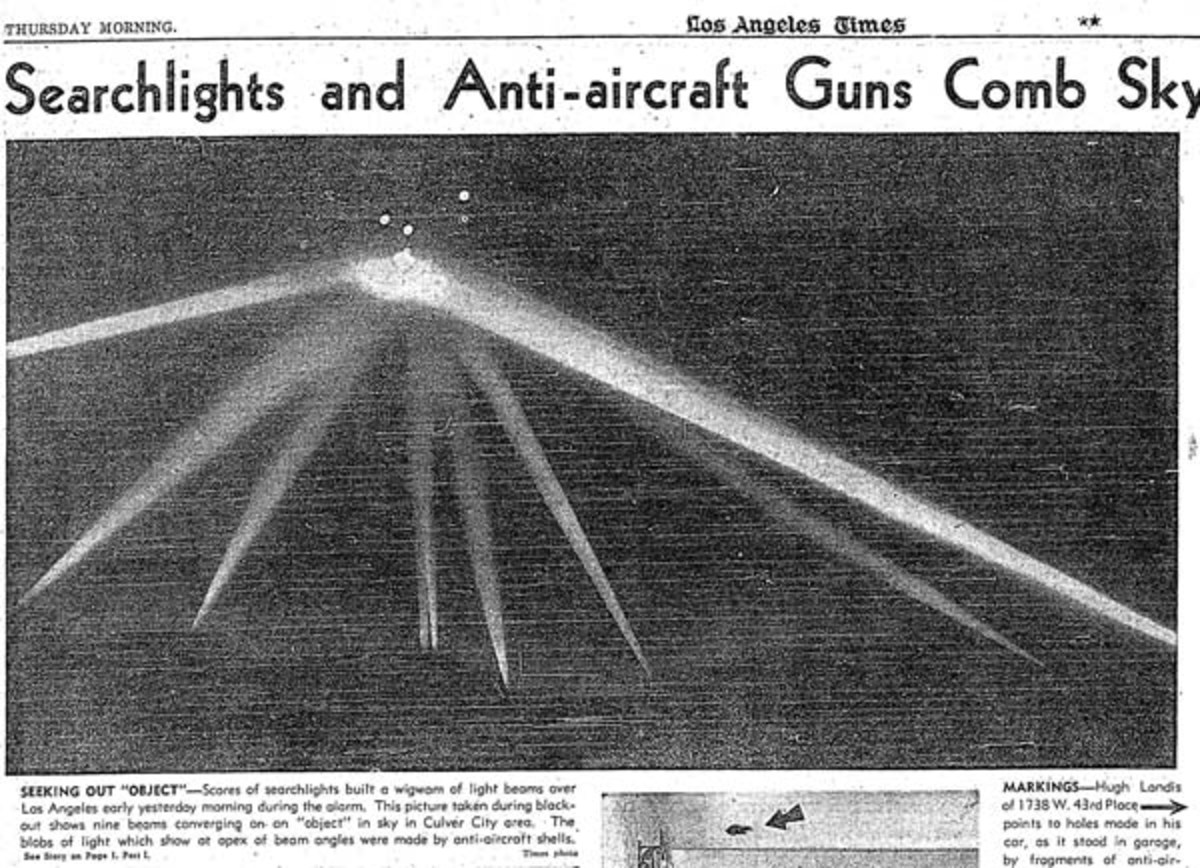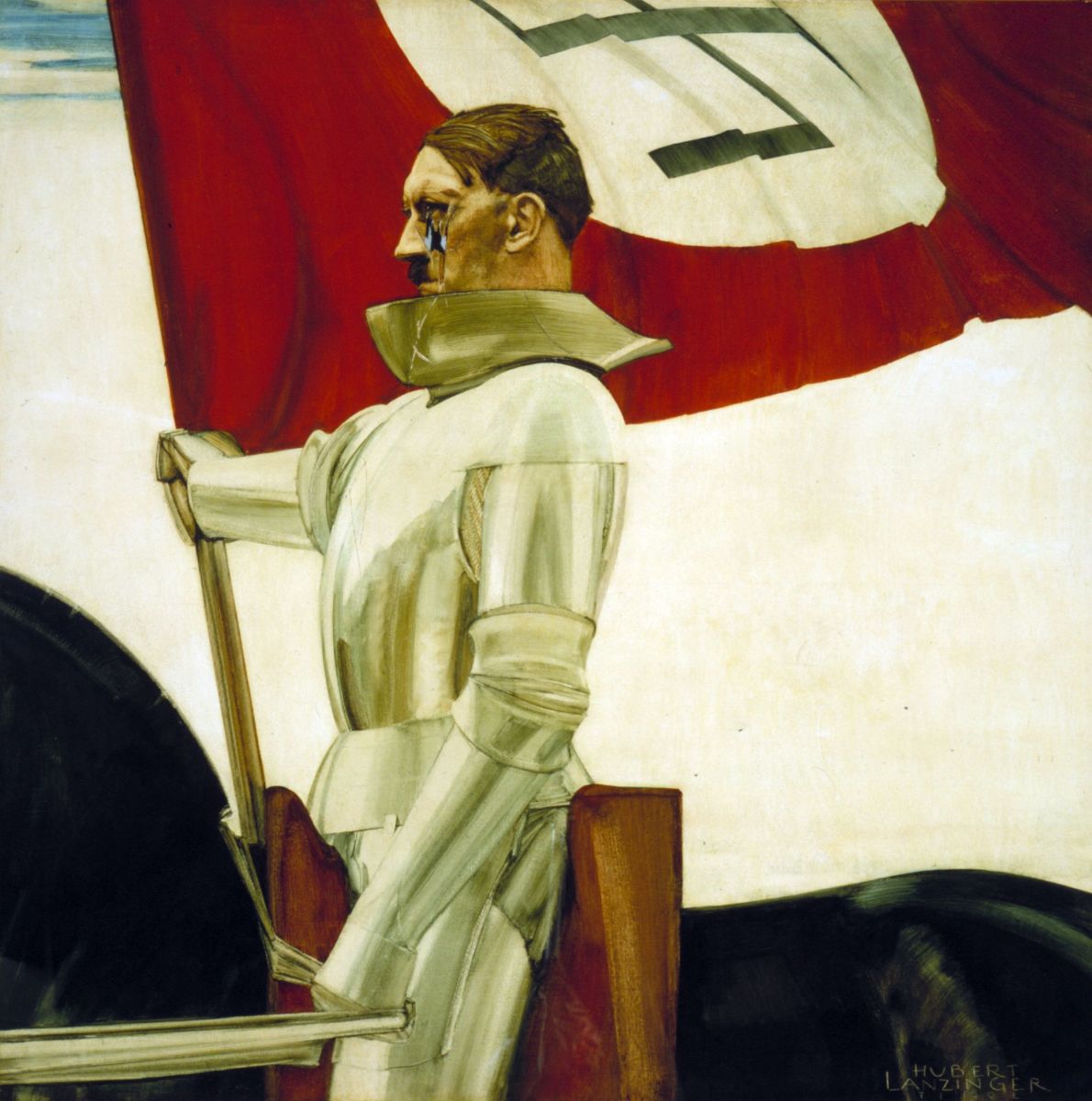- HubPages»
- Education and Science»
- History & Archaeology»
- History of the Modern Era»
- Twentieth Century History
United States Mobilization at the Outset of World War II - Part II
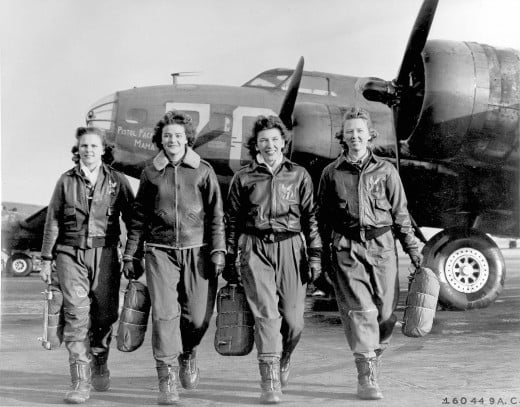
While women's roles initially seemed ambiguous, the role of those left on the home front became one of the most important, if not the important roles to be filled. In January 1942, the War Production Board (WPB) was established and along with the Second War Powers Act it now had the ability to control civilian production. But this came at the cost of nationalization, or centralized control, that even with incentives, found resistance. The WPB set out a plan to compensate for the most in-demand items, such as copper, aluminum, and steel. Rubber became one of the most critical items, since Japan now had control of over 90 percent of the world’s supply.1 Businesses that converted their company to war goals found that even with the massive amount of incentives, the reduction in manpower due to enlistments. One of the results of this business conversion was the rationing of items. Administered at the local level, items that were scarce were encouraged to be conserved, and as Folly relates, “To save materials, skirts got shorter, cuffs disappeared from trousers, and the two-piece swimsuit, with bare midriff, appeared on America’s beaches.”2 Controlling and coordinating this conservation fell under the newly created Office of War Mobilization (OWM) in 1943. The creation of the OWM was a key turning point and forward motion in resolving difficulties and bottlenecks seen in the previous ad hoc version of rationing.
Once the United States had accepted involvement in the war in Europe one of the biggest and continual battles was how to sell the war to an American people who had for the past twenty years vowed to stay out of European affairs and take care of their own. After World War I, America clearly was wary of any type of international propaganda as just a means to lure America into another conflict. But as with all things for America at the outset of World War II, the attack on Pearl Harbor changed everything. FDR formed the Office of War Information (OWI) and put it under the command of respected radio commentator Elmer Davis.3
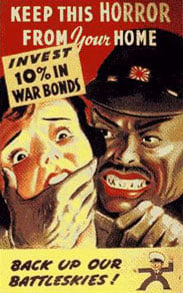
This would be one of America's major uses of propaganda. Not only to sell the American people on the involvement of another European war, but to also spread Allied propaganda to the Axis powers as a method of confusion, demoralization and criticism. It had a need to persuade the people at home as well as keep them informed and provide a moral boost for the soldiers overseas and the people holding the home front together. American propaganda was based on FDR's “Four Freedoms” (Freedom of speech, worship, want and fear) from the 1941 State of the Union address, and utilized every available media to communicate the message of the government. This included posters, radio, film, music, and newspapers.
Posters were also a major propaganda tool. The government was advised that the best posters were those that appealed to emotions. Many posters therefore portrayed the idea of Americans in danger, especially women and children, and having their “backs against the wall, living in the shadow of Axis domination.”4 Other uses of posters portrayed men in a very masculine and powerful way, usually accompanied by weapons and machinery as a method of showing the power and might of the United States. Women on poster were ideal in showing that everyone needed to do their part and glamorized women's roles of working without sacrificing their femininity. Arguably the most famous of these posters is that of “Rosie the Riveter” as a symbol of patriotic womanhood.5
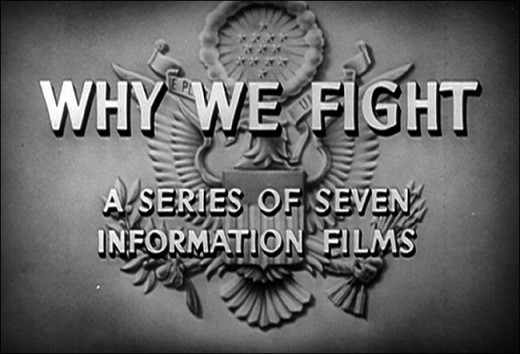
Hollywood was also a major contributor to the war effort. Film, used by all nations involved in the war, was a major influencer and motivator for each nation’s population as well as a psychological weapon used against the enemy. Films were used for a multitude of purposes. One of the most important was Frank Capra's “Why We Fight” film, which was a seven part production that ran from 1942 until 1945. Hollywood turned out scores of films promoting the heroism of the American military, Disney put laughter in the seriousness of the age with shorts such as “Der Fuehrer's Face” and “Donald Duck in Nutzi Land.” Warner Brothers took the animation in a different direction and using animated films with Bugs Bunny and Daffy Duck as a propaganda tool.6
Another facet of propaganda was the use of war bonds. These, while propagandized, were an important method in assisting in funding the war effort. The United States over the course of the war sold $185.7 billion in war bonds. Liberty Bonds were sold for the duration of the war as part of measures such as the Payroll Savings Plan. The first U.S. Series E Savings Bonds appearing in 1941 and were called War Bonds after the attack on Pearl Harbor. War Bonds advertising took the form of posters, radio, newspaper, magazine advertisements and often were associated with leading celebrities of the era.7 There were a total of eight War Bond drives, the first of which called the “Victory Fund Drive,” and each drive would implement all forms of propaganda. The psychological use of propaganda was effective. The line between the soldier overseas making sacrifices and the civilian back home making sacrifices was blurred. It was clear that by not using your money in bonds you weren't doing your part. Again, emotions were used as the target. In a publicity kit issued by the Treasury Department, the marketing staff was advised to
...dramatize the personal part they can play in the coming offensives against the Axis when they buy an extra War Bond.... [T] ell them.. . even though you are not able to leave your workbench, desk, or farm—you can still drill holes in a Mitsubishi Zero with your extra dollars.8
Ultimately, when it came to propaganda, the government had to make the war something the average American could understand. Negative propaganda of the enemy was used as a method of promoting “patriotism in the basest of ways”9 and posters, such as the “Loose Lips Sink Ships” poster, sent a message to Americans about their duties at home. Every bit of propaganda covered almost every aspect of wartime life in the United States. It covered how people lived at home, how they worked, what they ate, who they talked to, how they should spend their free time.
Mobilization of the United States was an enterprising endeavor considering the state that America found itself in after World War I. With an isolationist view and the Great Depression, America was not prepared in any way to step up to the challenge of entering another European war. However, that is precisely what propelled the U.S. into the position of not only a leader in industrialization, from both a military and civilian perspective, but as the new world super power. The chief architect of America's growth has to be focused on President Roosevelt. His initiative, foresight, and understanding of ideals in Americans that would bring them all together for a just and moral cause cannot be understated. Through efforts such as reinstitution of the draft and the government control of civilian business as a means of mobilizing the nation, increased the output of American industry towards the war efforts at an astronomical rate. The American public listened to the President and stepped up to the challenge. Not just the men, but women, blacks, and immigrants as well. His call to the American people to sacrifice just as the soldiers were overseas struck a chord with the American public. Aided by an all encompassing propaganda and media blitz, the American people rose to the challenge they were faced and threw aside it's isolationist views and became the world power it was destined to be.
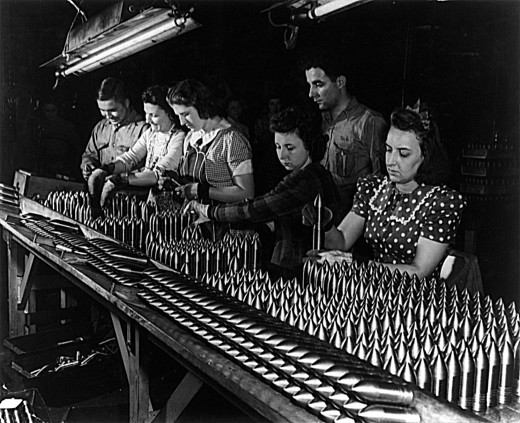
Sources
1. Folly, The United States and World War II: The Awakening Giant, 39.
2. Ibid., 41.
3. Martin J. Manning and Clarence R. Wyatt, Encyclopedia of Media and Propaganda in Wartime America: Volume II (Santa Barbara: ABC-CLIO, 2011), 497.
4. National Archives and Records Administration, “Powers of Persuasion: Poster Art from World War II,” Accessed May 8, 2015. http://www.archives.gov/exhibits/powers_of_persuasion/warning/warning.html
5. Ibid.
6. Martin J. Manning and Clarence R. Wyatt, Encyclopedia of Media and Propaganda in Wartime America: Volume II, 517.
7. Manning and Wyatt, Encyclopedia of Media and Propaganda in Wartime America: Volume I, 548.
8. James J. Kimble, Mobilizing the Home Front: War Bonds and Domestic Propaganda (College Station: Texas A&M University Press, 2006), 49.
9. Ibid., 531.





